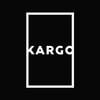On March 26th, 2017, a 60 Minutes segment highlighted a problem that got traction during the 2016 presidential election and has been gaining momentum ever since: the increasing occurrence of “fake news”. The new twist? It’s now affecting how brands advertise, putting an emphasis back on context and environment.
CBS’ investigative report tracked how false information spreads on Facebook and Twitter by speaking with a number of fake news creators and researching the bots that help transmit inaccurate reports. One interviewee reportedly made as much as $10,000 a month on ads published alongside his fake news content on Facebook. The same source went on to explain that it’s easy to join conservative or liberal Facebook groups and publish fake stories that are then redistributed by other members of those groups (or by fraudulent social media accounts — a.k.a. “bots”). In fact, leading up to the 2016 election as much as 50% of all the online news circulating in Michigan was fake. It’s these shocking statistics that led 60 Minutes to conclude that even though the stories are fake, the consequences are real.
Fake news disproportionately impacts marketers that don’t want their ads to appear next to content that misrepresents their brand image and damages their credibility with consumers. This issue has been particularly top-of-mind for advertisers and publishers owing to Facebook’s struggle to eliminate fake news from users’ feeds and — most recently — brands pulling ads that appear next to questionable content on YouTube.
Part of why this problem has been running rampant on social feeds is because fake news is not always easy to spot on a site list, often fooling the formulas that Facebook and Twitter use to rank popular content. For example, two of the biggest culprits during the 2016 election cycle were National Report and the Denver Guardian, which both appear to be legitimate news organizations at first glance. While ad giants like Facebook and Google are working to resolve this problem, it’s an arduous process that will likely never be perfect.
The fake news debacle validates what we’ve always believed; that the ads with the most impact are those that are placed alongside premium editorial content aligned with a brand’s image (that means no bots, no fraud, no fake news and 100% human traffic). Curating “invite-only” marketplaces has made it easy to ensure that advertising clients aren’t funding misinformation by handpicking publishers who practice professional journalism. Closely monitoring editorial partners ensures they uphold the highest editorial standards. This attention to detail is what makes it possible — despite Google and Facebook’s claim to the contrary — for computer algorithms to weed out fake news stories at scale.


